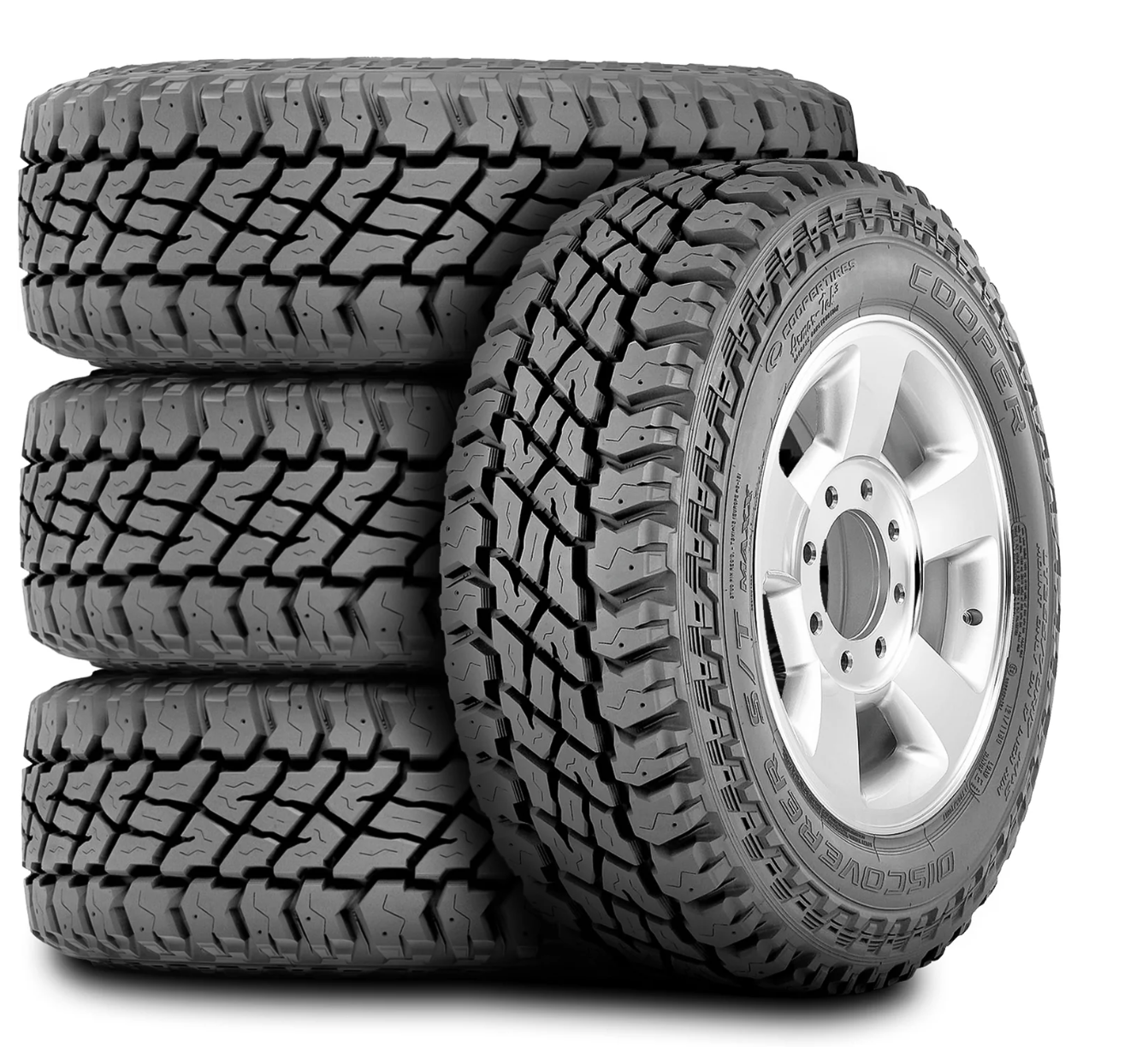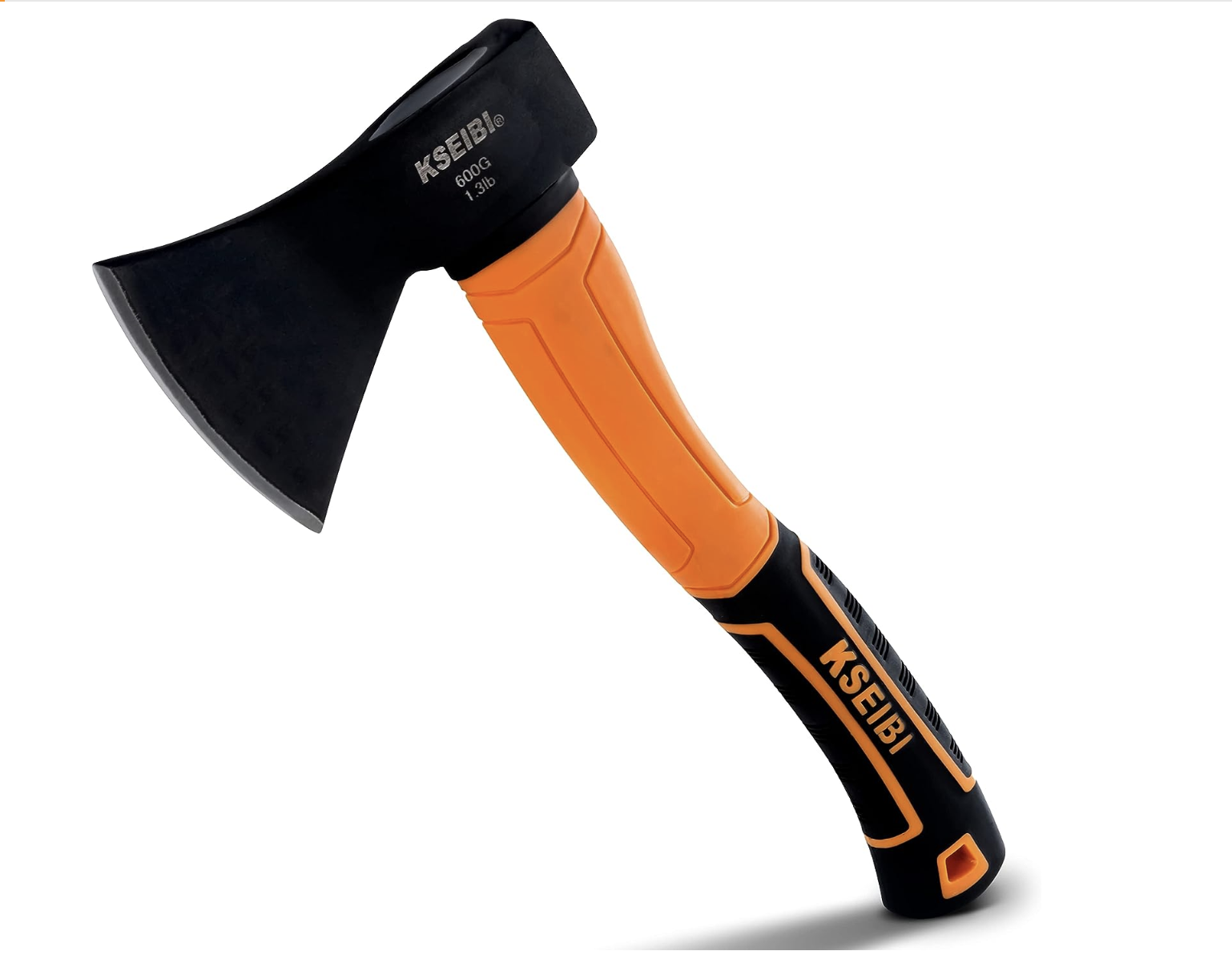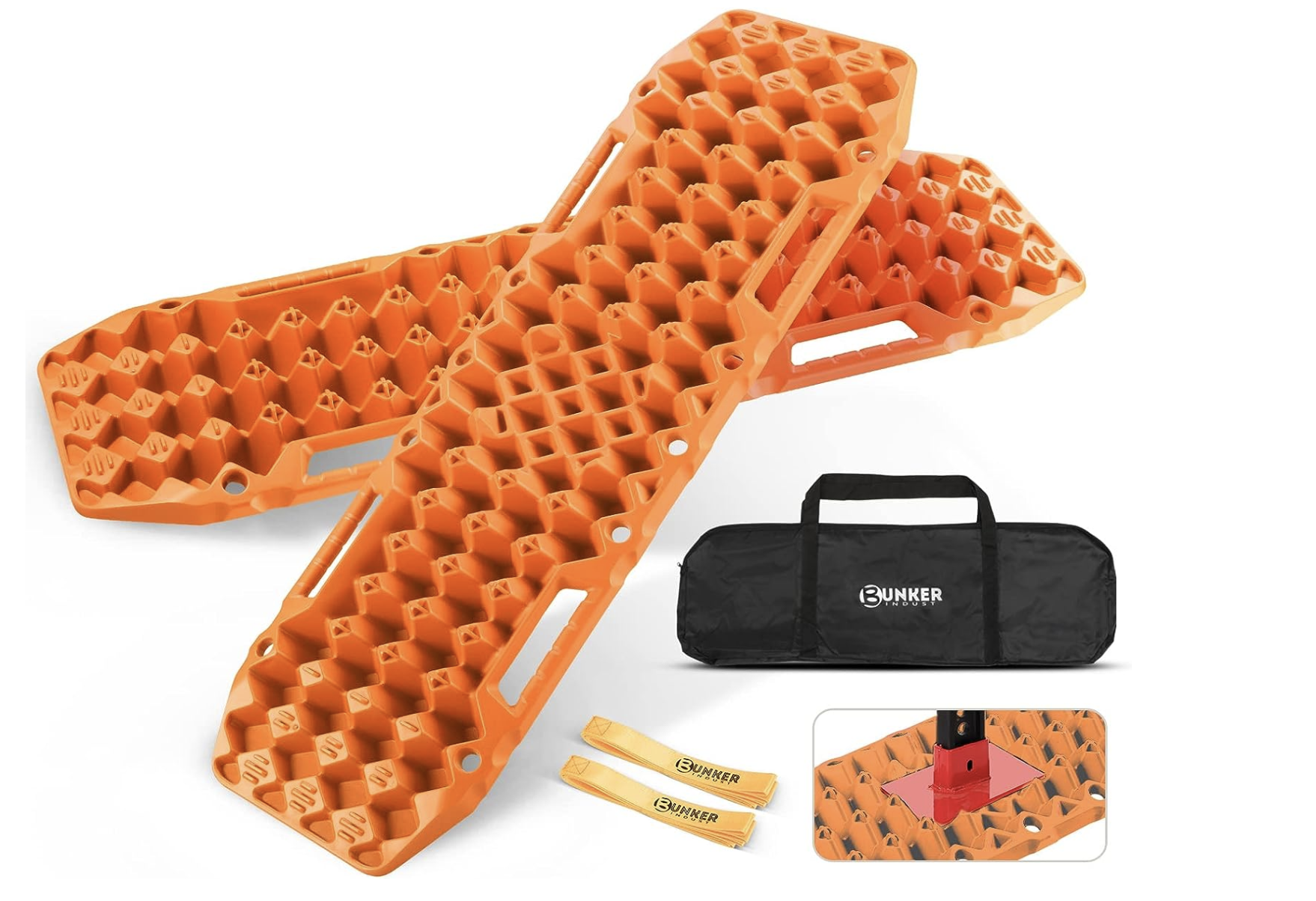6 Things You Need To Get Your Vehicle In & Out For Hunting
The last thing you want is for a hunt to be halted by getting stuck in the middle of nowhere…like this. Photo by J. Bales.
Many hunters use their daily drivers to get to and from their spots. Most of those daily drivers are capable of handling the gravel and dirt roads we all travel when in pursuit of wildlife but here are 5 things that can improve your ability to get to and from our hunting spots without making major alterations to our vehicles. These things can individually help you get further or at least out of a sticky situation, however, when used in conjunction with each other getting in and out can be much smoother and simpler.
Dang Good Tires
Cooper S/T Maxx Tires
The only item on my list that truly help you get into more spots and not so much unstuck are tires. Tires can help in two major ways size and traction, today we are focusing on traction. There are seemingly endless possibilities for tires anymore. That being said telling you which tires are the best for each individual's needs is impossible. The first recommendation is to get a tire in the “All Terrain” category. This includes off-road max traction tires, on-road all-terrain, off-road all-terrain, and rugged all-terrain tires. All-terrain tires are going to be better designed to handle slick, slimy, and generally rougher terrain. The different subcategories are going to be levels of capabilities. Your max traction will have the most traction but tend to be the loudest road noise, on-road all-terrain provide the least amount of traction of the all-terrains, but are adequate for the majority of roads the average hunter travels, additionally they are the quietest for road noise. I have a ‘14 Ram 3500 and I currently have Cooper St Maxx they provide the perfect amount of traction for my uses and are as quiet as I can get. Brands I prefer are Cooper, BFGoodrich, Nitto, and Milestar.
A Trusty Hi-Lift Jack
Hi-Lift Jack
A hi-lift jack and a few jack accessories can go a long way to getting you out of a jam when off the beaten path. A hi-lift jack is an absolute necessity for me. From changing flat tires to creating space for traction boards, they help you raise your lifted truck safely and efficiently. You can easily find one of these jacks at most hardware stores or anywhere online for under $100. The biggest advantage is the large lift range these jacks have. Anymore there are a ton of relatively cheap accessories all over the internet to help improve the functionality of these jacks as well. With the right set up a hi-lift jack can even be used as a winch to get you out of tight spots. These jacks are also great to have around the house as they can be very useful for a large variety of tasks.
Hi-Lift Jack At Harbor Freight >>
Simple Come-Along
Come-Along Winch
Most off-road enthusiasts will tell you that a winch is an absolute necessity when off-roading. I would agree with that, however, adding a winch to your vehicle may not be very simple. I like to have a winch when possible but a come-along is a much cheaper and simpler tool that can provide winch-like assistance when in a bind. Having a come along and a few straps and shackles in your rig can make getting unstuck much easier than having nothing at all. I currently do not have a winch on the front of any of my vehicles and therefore a come-along rides along in my recovery kit along with a heavy-duty strap just in case. Knowing that a come-along will have different limitations than winches is important to know so I suggest doing a bit of your research and try to size it to your vehicle as best you can but coupled with additional recovery accessories you can improve its capabilities. Come-alongs are also relatively cheap also being generally under $100 at most local hardware stores and anywhere online.
Come-along link on Harbor Freight >>
An Old Fashioned Axe/Hatchet & A Shovel
Amazon Shovel
Amazon Hatchet
Having an axe/hatchet and a shovel make it into my recommended pieces of equipment for recovery and survival purposes. In terms of recovery an axe and shovel all come down to the removal of material. Whether it is a tree across the road, a big rock in the road, or whatever you are high-centered on when stuck, one of these two tools can help you get it removed. If that fails these two tools can be essential to survival if needed. For off-roading, I prefer an axe without a wooden handle. Due to my personal experiences, I believe the polymer handles endure the elements longer with less maintenance. I do however recommend getting a handle shim kit to throw in the glove box to make an emergency handle from a branch if needed. For a shovel, I prefer to have a collapsible shovel in the rig at all times, that being said the standard shovel from your local hardware store works the same. Both tools can be found easily online and at local stores and can be found for under $50
New Fangled Recovery Boards
Recovery boards themselves made me a believer in recovery boards. Initially, these items seemed like a waste of money until I used some for myself. Recovery boards are a recent invention for the off-road community. In 2005 the first set of boards called Max Trax hit the market and many competitors have since followed. The original Max Trax start at about $300 for 2 boards with options up to $500 for 2 boards. That being said, Amazon has many different sizes and options that land in the $100 for two board price range. Recovery boards provide a surface with traction for your tires to grab ahold of. They also disperse the weight of the vehicle across a greater surface area allowing your rig to climb up onto your driving surface. Recovery Pads also can help bridge a gap or hole and can be used as a shovel with soft materials. I recommend 4 boards if possible.
Amazon Recovery Boards








